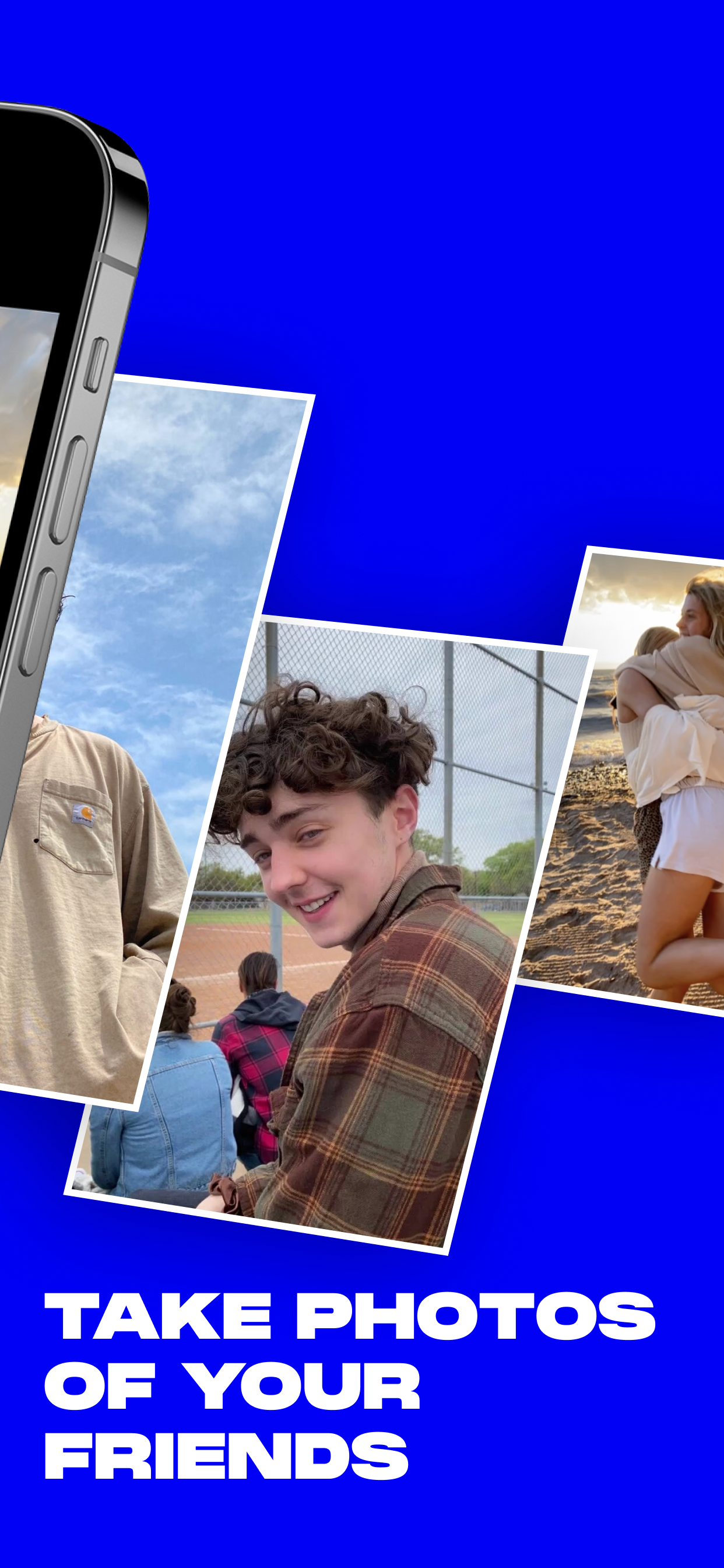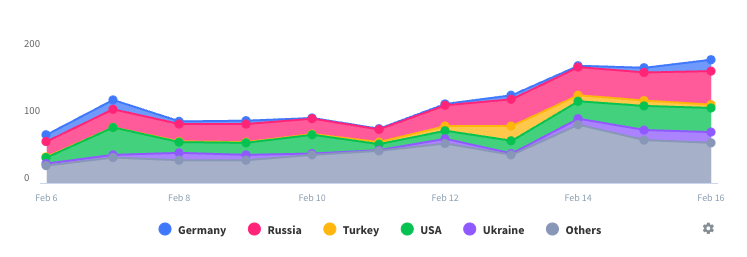Risk factors and Contributions
My rating of Poparazzi is 2 out of 5 stars. Though this app claims it’s not marketed toward children under 13, for legal reasons, the app store states the age range as 12+. The costs of the app outweigh the benefits. I believe the strengths of this app are that it provides a more authentic form of social media as images curated by friends. Users are unable to use filters and provide content to peers through more of an authentic lens for users and their friends. Using this app there is an opportunity to connect positively with peers. A study published by The Journal of Adolescents shows that when using social media, “adolescents may experience a number of perceived benefits [] including greater connectedness with others via the ease with which they may identify and/or interact with others on social media” (Barry et al., 2017, Abstract section). On the contrary, this app is advertised for teens (12+), in which studies emphasize the malleability of an adolescent’s “social brain” within the context of their neurobiology. This app could be particularly harmful for an adolescent whose peers see them as a reject from any number of their photos or tagged captions. Laurence Steinburg highlights, “it’s actually more painful [to be rejected] during adolescence than at any other time…[and] this super sensitivity to the opinions of others can have serious consequences” (2014, p. 95). These consequences include rates of significant distress and spikes in depression rates. In addition, this app promotes underage drinking, concepts of hypermasculinity and the hyper sexualization of young girls using their “challenges”. Examples within the app include the following captions: “your drunk friend, a lightweight, the simp, Mr. steal your girl, and a future M.I.L.F.”. The promotion of alcohol use and these concepts can cause strain on an adolescent’s self-regulatory system causing heightened sensitivity to social rewards, and risk taking, especially by being under the lens of their friends through the app (Steinberg, 2014, p. 98). Though the app states they do not allow bullying, threats, impersonation, etc., this could be easily dismissed by adolescents by having consistent access to the app and acting on risky behavior, such as posting an inappropriate photo of a peer. Though there are ways to block, report, and ban users, this process takes time, and there is still an opportunity for adolescents to see the photos, captions and comments prior to the report follow-through. In







